#1
We’re All in This (Proposal) Together!
by Jayme Sokolow
Sybil F. Stershie, president of Quality Services Marketing, tells her clients that there are three important points that organizations should learn. “One, mission matters. Two, the people behind the mission matter. And three, passion for the mission can’t be taken for granted.
Once engaged doesn’t mean always engaged.” She recommends three approaches to develop committed and satisfied employees. I will add a fourth element and apply them to proposal development:
• Proposal teams must feel connected to the organizations that employ them.
• Proposal members must feel connected to fellow team members.
• Permanent staff and consultants must feel connected to each other.
• Proposal teams must involve young people if they want them to stay, learn, and advance in their professions
The alternative to a proposal-generating environment that embraces these four elements is a destructive process that begins with the inability to build successful proposal teams and ends with people leaving because they do not feel connected.
That is not a staffing problem. It is an organizational problem.
Find ways to connect everybody in your proposal team and you are more likely to produce competitive proposals. It may not be easy, but it is simple.
=-=-=-=-=-=-=-=-=-=-=-=-=-=
Dr. Jayme Sokolow, founder and president of The Development Source, Inc.,
helps nonprofit organizations develop
successful proposals to government agencies.
Contact Jayme Sokolow.
=-=-=-=-=-=-=-=-=-=-=-=-=-=
Look for Jayme’s ebook on
Finding & Getting Federal Government Grants.
It’s part of
The Fundraising Series of ebooks
They’re easy to read, to the point, and inexpensive ($1.99-$4.99)
Order Jayme’s Book on Federal Grantsmanship before February 14,
and get $1.00 off the sales price – use coupon code JA55U
=-=-=-=-=-=-=-=-=-=-=-=-=-=
#2
The Ethics of Percentage-Based Compensation for Grant Writers – Part II
by Lynn deLearie.
So, it is very clear that fundraising professional ethics do not allow percentage-based compensation, but WHY not? Why is this so strongly discouraged?
I did more research on the AFP websiteD and found the three primary principles underlying the AFP standard:
1. “Support for a nonprofit organization in any form is a voluntary action for the public benefit.
2. The seeking or acceptance of charity revenues should not result in the personal benefit of any employees, contractor, or representatives of a charitable organization.
3. Donor attitudes can be unalterably damaged in reaction to undue pressure and the awareness that a commission will be paid to a fundraiser from his or her gift, thus compromising the trust on which charity relies.”
I think the most relevant point – and perhaps most compelling for your prospective nonprofit client, is related to donor trust, especially with foundations as the donor.
The vast majority of foundations are aware of and subscribe to the ethical strictures banning commission/percentage compensation. Since grant applications specify for what the funds are needed, and grants are awarded for the uses specified in the grant applications, should grantors learn that a percentage of their funds was used for purposes other than those agreed to by “contract,” the grantor could demand the return of some or all of the grant monies.
In addition, should an NPO use grant funds for any purposes other than those agreed to by “contract,” the word will get around to other foundations … and future foundation funding may well dry up.
In the end, it is up to you whether you wish to accept percentage-based compensation. I continue to adhere to the AFP code of ethics… and I did not take that prospective client.
Footnote “D” — http://www.afpnet.org/Ethics/EnforcementDetail.cfm?ItemNumber=4013&token=2085)
=-=-=-=-=-=-=-=-=-=-=-=-=-=
Lynn deLearie Consulting, LLC, helps nonprofit organizations develop,
enhance and expand grants programs, and helps them
secure funding from foundations and corporations.
Contact Lynn deLearie.
=-=-=-=-=-=-=-=-=-=-=-=-=-=
Look for Lynn’s ebook on Grants & Grantsmanship.
It’s part of
The Fundraising Series of ebooks
They’re easy to read, to the point, and inexpensive ($1.99 – $4.99)
Order Lynn’s Book on Grants and Grantsmanship before February 14,
and get $1.00 off the sales price – use coupon code NZ95K
=-=-=-=-=-=-=-=-=-=-=-=-=-=
If would like to comment/expand on either of the above pieces, or would just like to offer your thoughts on the subjects of this posting, we encourage you to “Leave a Reply” at the bottom of this page.















